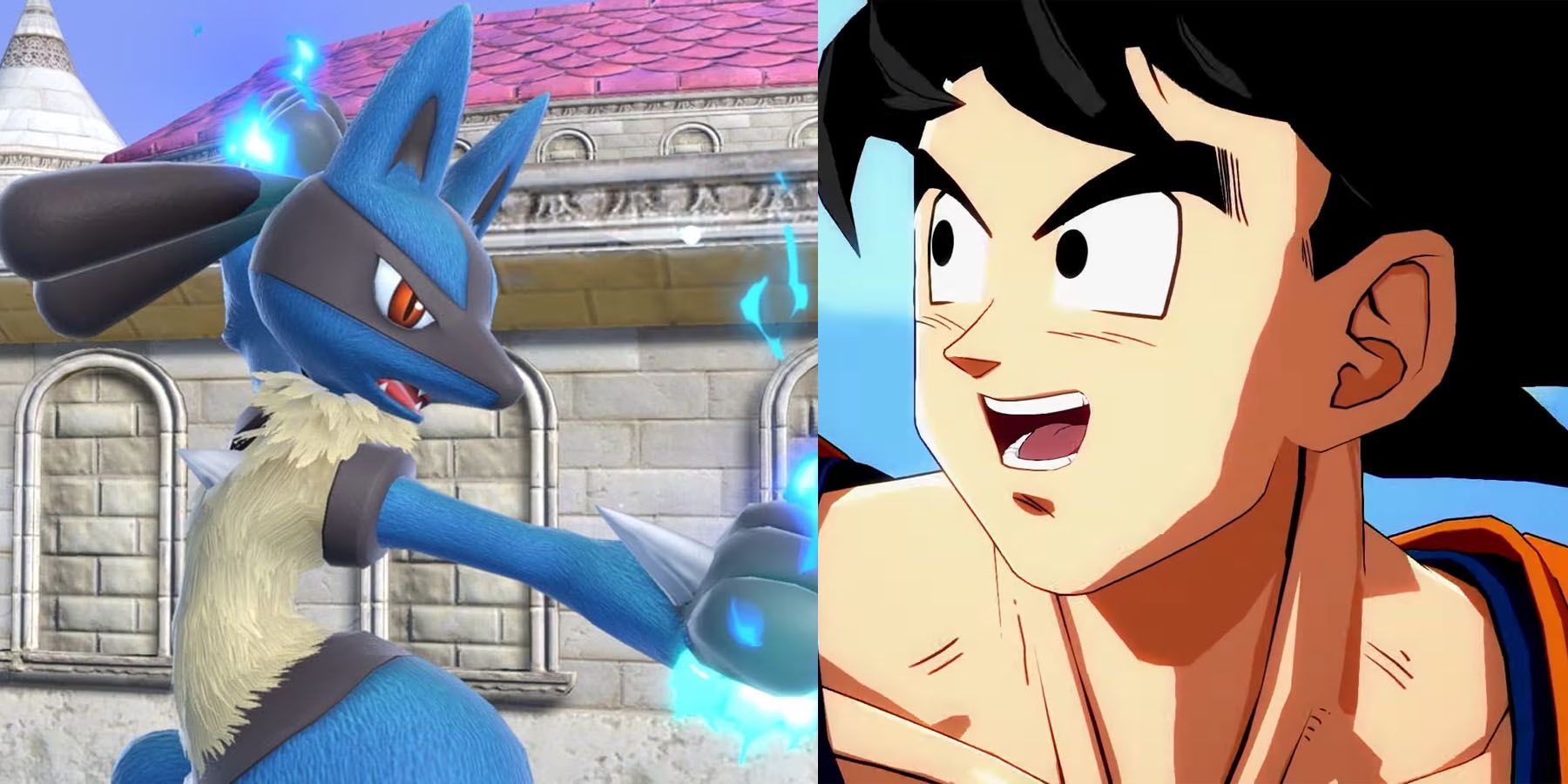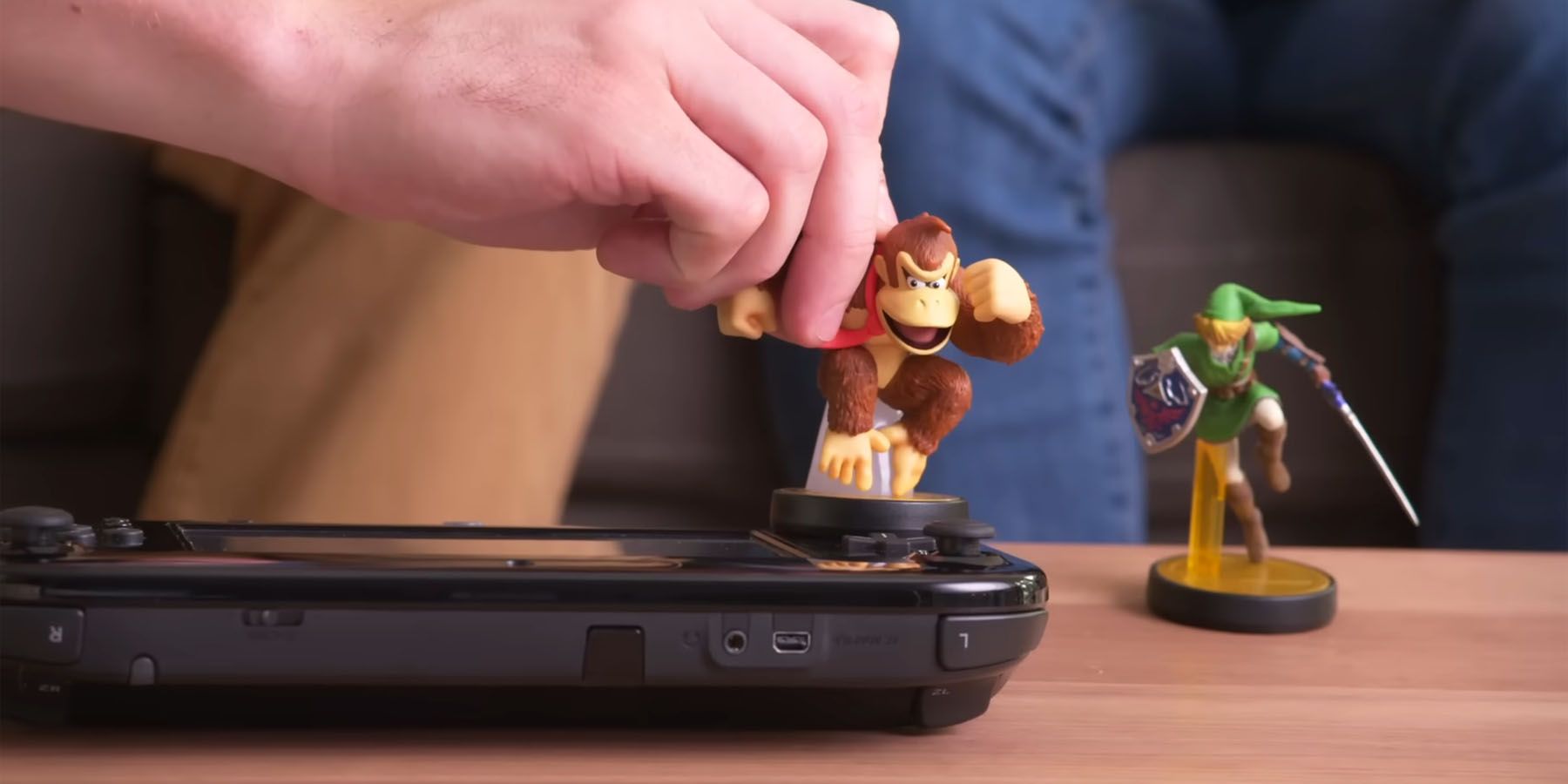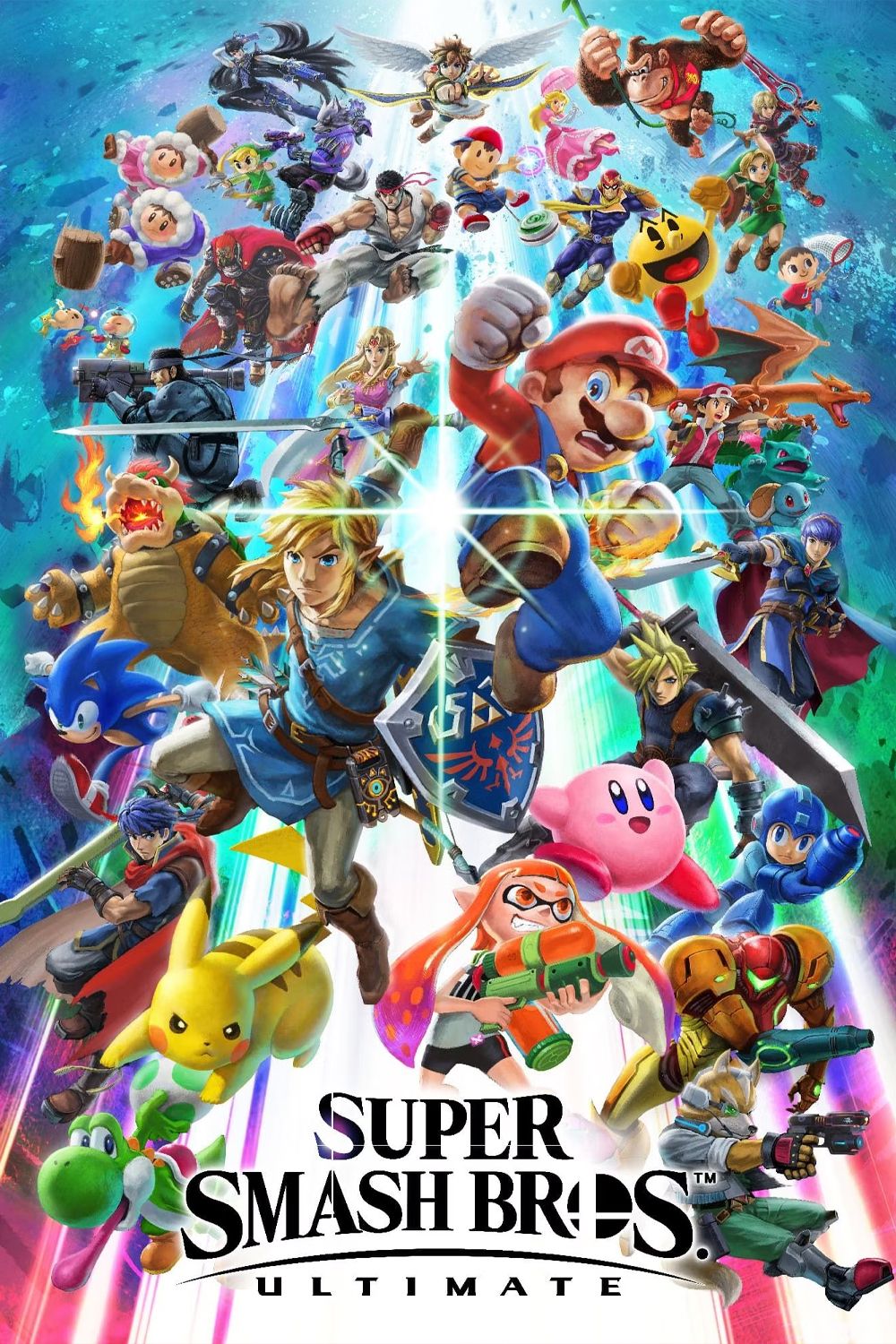The Super Smash Bros. series is known for being a mixture of a fighting and party game, allowing anyone to easily pick up any of the games for endless hours of enjoyment. While every iteration has some new feature or mechanic that keeps every title from becoming stale, a particular one has slowly tried to make itself synonymous with the series. From Super Smash Bros. Ultimate‘s Spirits all the way back to Smash Brawl‘s stickers, the ability to influence a character’s stats has become somewhat of a mainstay that may not be necessary in future titles.
The idea of using any available popular Nintendo characters and having them fight against one another is what draws people to the Super Smash Bros. games. As the series of games grew, Masahiro Sakurai and his dev team realized that the inclusion of other modes, particularly involving adventure-like gameplay, could potentially draw in more fans. However, this also means the creation of mechanics that will complement these new additions. Since the introduction of the sticker feature in Super Smash Bros. Brawl, every title afterward has a different iteration of a feature that allows obtaining and equipping collectible items to affect a character’s stats and traits.

Super Smash Bros. Ultimate Lucario Mod Pays Tribute to Dragon Ball and Akira Toriyama
A Super Smash Bros. Ultimate fan pays tribute to the late Akira Toriyama with a special mod that combines Dragon Ball and the Pokemon Lucario.
The Situation Around Character-affecting Collectibles in Smash Bros. Titles
Super Smash Bros. Melee‘s adventure mode can be seen as the catalyst of character stats and the different collectibles that can affect them. The developers saw it as an opportunity to give future titles more depth, which is why every succeeding title after Melee has had character-affecting features to incentivize players to put even more time into the games. However, the downside is that they are often neglected unless crucial in progressing into particular modes that don’t involve casual or competitive multiplayer.
A good example of this would be in Super Smash Bros. Ultimate‘s World of Light, wherein certain battles are close to impossible to win unless the player equips the right spirit. Although this can encourage more playtime in singleplayer modes, they simply don’t fit elegantly into the core multiplayer gameplay loop, considering the extra work it takes to apply them and the risk of imbalance, resulting in them being skipped or even unnoticed.
The Collectibles That Affect Their Respective Smash Bros. Games
While Super Smash Bros. is fond of having ridiculously overpowered battle items, they are completely optional and perfectly align with the randomness and chaotic party-like feeling that every casual fight should have. On the other hand, collectibles that directly influence character stats and traits blur the line between casual and competitive but fail to appeal to either. This is largely true across all the varieties of the mechanic:
|
Game |
Collectibles |
Modes they can be used in |
How they’re acquired |
|
Super Smash Bros Brawl |
Stickers |
|
|
|
Super Smash Bros. for 3DS and Wii U |
Equipment |
|
|
|
Super Smash Bros. Ultimate |
Spirits |
|
|

4 Super Smash Bros. Ultimate Amiibo Are Making a Comeback at GameStop
Four classic amiibo compatible with Super Smash Bros. Ultimate are coming back and are available to order through GameStop right now.
The inclusion of Amiibo support in Super Smash Bros. titles has shown that this type of collectible feature can be used as an avenue for profit, which could force the mechanic to remain in future titles. Again, while it is completely optional, it is still trying to implement itself as a defining feature despite easily being ignored or avoided altogether.
While the Super Smash Bros. titles are among the best fighting games published by Nintendo, the character-affecting collectibles aren’t a necessary mechanic for their success. Future games can instead focus on well-developed story modes that will help players deepen their understanding and relations with the characters, giving them more reason to play the new content. A mode similar to Brawl‘s Subspace Emissary mixed with Ultimate‘s World of Light’s environment and Melee’s adventure mode gameplay can generate more fan interest and areas of opportunity for better mechanics and features.

Super Smash Bros. Ultimate
Super Smash Bros. Ultimate is a fast-paced fighting game developed by Bandai Namco. It features over 70 characters from various video game franchises, each with unique abilities and fighting styles. Super Smash Bros. Ultimate sees the return of iconic fighters like Mario, Link, Samus, Donkey Kong, and more, while simultaneously adding a slew of new characters and DLC releases.
- Released
- December 7, 2018
- Publisher(s)
- Nintendo
- Genre(s)
- Fighting
- Multiplayer
- Online Multiplayer , Local Multiplayer
- ESRB
- E for Everyone: Cartoon Violence, Comic Mischief, Suggestive Themes

